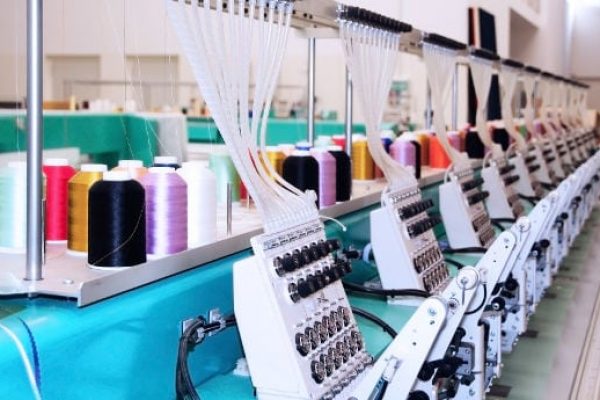Project Report For Garment Factory
Introduction
Project Report For Garment Factory is as follows.
A garment factory is a type of manufacturing facility that produces garments and other textile products. It is an important part of the fashion business in which raw materials are converted into finished clothes through several stages of manufacturing such as cutting, stitching, and finishing.
A clothing manufacturing company requires numerous critical components. To begin, a good location is chosen based on considerations such as proximity to raw material suppliers, availability of trained labor, transportation infrastructure, and market accessibility. The industrial layout and design are meticulously planned to optimize throughput, efficiency, and worker safety. Ample room is been up for various production operations, storage, and administrative areas.
Modern clothing manufacturing relies heavily on technology. Computer-aided design (CAD) software is used to create digital prototypes and patterns, allowing for more efficient product development. Automatic cutting machines and computerized sewing machines, for example, increase productivity and precision. In addition, software systems are used to manage inventory, schedule manufacturing, and coordinate the supply chain.

Process Of Garment Factory
Design and Pattern Making: The process begins with the creation of the garment. Fashion designers draw designs and choose fabrics, colours, and styles. A pattern is developed once the design has been finalised. Patterns are templates that determine the shape and size of each component of a garment.
Fabric Sourcing: After the design and pattern making, fabric sourcing takes place. Garment factories procure fabrics from suppliers based on the requirements specified in the design. Fabrics can be sourced locally or internationally, depending on availability and cost.
Cutting: In this stage, the fabric is laid out in layers and cut according to the pattern. Automated cutting machines or manual cutting tools, such as scissors or rotary cutters, are used to ensure precision and efficiency.
Sewing: Once the fabric pieces are cut, they are sent to the sewing department. Skilled workers or sewing machines stitch the different components together, following the sewing instructions provided in the pattern. This stage requires accuracy and attention to detail to ensure proper fit and quality.
Quality Control: At various stages throughout the manufacturing process, quality control checks are conducted to identify and rectify any defects or discrepancies. Inspections are carried out to ensure that the garments meet the required standards in terms of stitching, measurements, and overall quality.
Pressing and Finishing: Once the garments are sewn and inspected, they undergo pressing to remove wrinkles and give them a neat and finished appearance. The finished garments are then carefully folded, packed, and prepared for shipping or distribution.
Distribution: The final step involves distributing the finished garments to wholesalers, retailers, or directly to customers. The distribution process can vary depending on the supply chain and marketing strategies employed by the garment factory.
Market Potential Of Garment Factory
The global textile market was valued at USD 1,695.13 billion in 2022, and revenue is expected to expand at a compound annual growth rate (CAGR) of 7.6% from 2023 to 2030.
India is the world’s second-largest garments and textiles producer. It is also the fifth-largest exporter of garments, which include clothes, home furnishings, and technical products. Textiles and garments account for 2.3% of GDP, 13% of industrial output, and 12% of exports. The garment industry employs over 45 million people, including 3.5 million people who work on handlooms.
The increasing demand for natural fibres from the clothing and fashion sectors is likely to be a major driver of the natural fibres segment of the textile market during the forecast period. However, these fibres are more expensive than synthetic fibres, which may impede the expansion of the natural fibres section of the textiles market.
The concept of garment factories developed during the industrial revolution, when the need for mass-produced garments increased dramatically. Previously, clothes were generally handcrafted by individual artisans or small groups of workers. However, technological developments and the demand for more efficient production led to the establishment of centralised garment manufacturing companies.
Project Report Sample On Garment Factory
Need Help?
Create 100% Bankable Project Report
